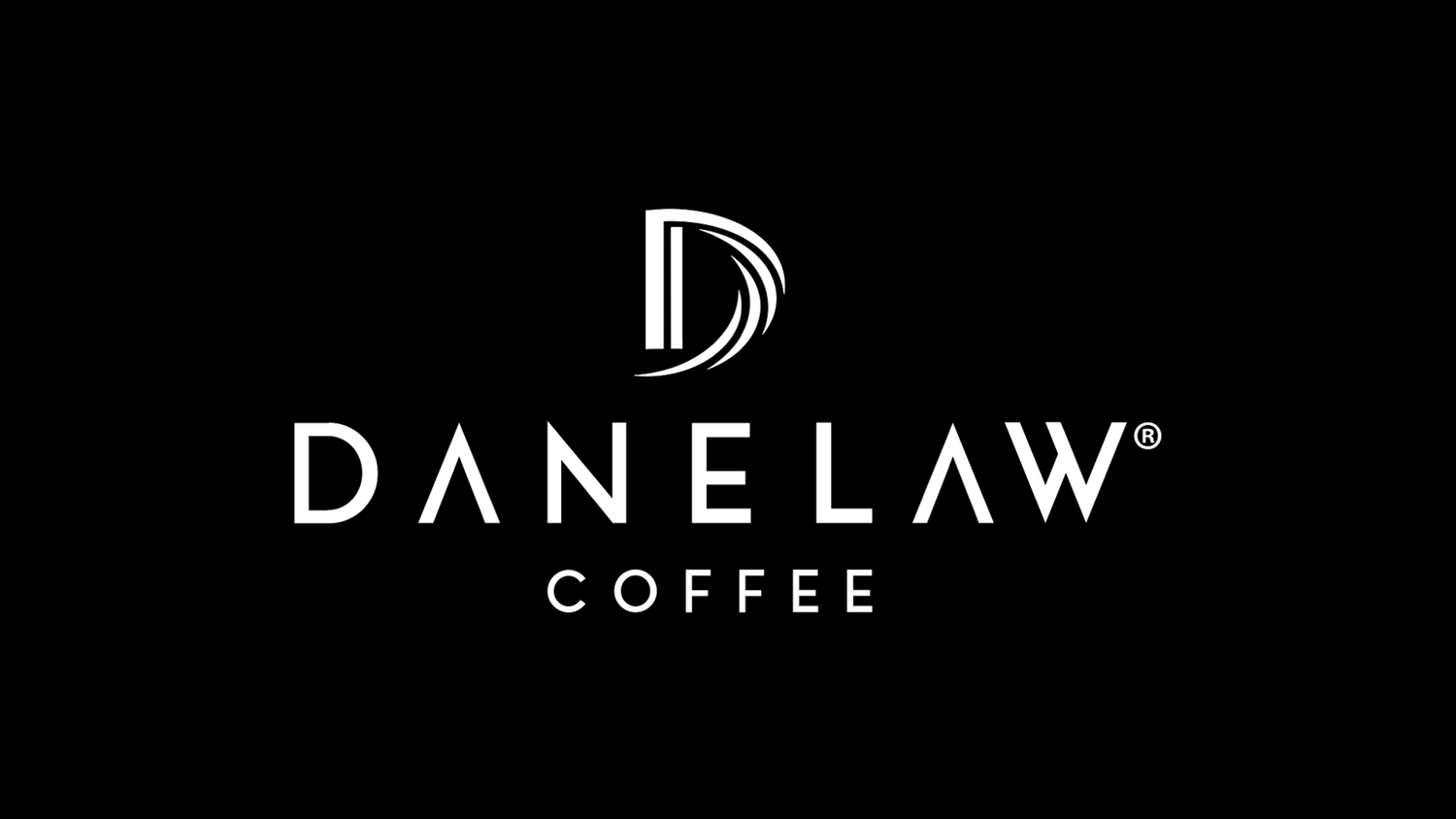Mjölnir (ME-yol-neer) Dark Roast
https://www.danelaw.coffee/shop/p/mjolnir-dark-roast
“You underestimate the power of the dark side.”
“Whosoever holds this hammer, if they be worthy, shall possess the power of Thor”
Whichever mythology you identify with best, this is the most powerful coffee in my range. Dark, intense and fortifying.
Perhaps I need to add (or paraphrase) another quote:
“We don’t talk about Bruno Robusta, No, No, No”
Now there’s two major commercially viable coffee crops, Arabica (brighter acidity, sweet, low bitterness, lower caffeine, higher altitude, more expensive) and Robusta (low acidity, more bitterness, less sweet, higher caffeine, lower altitude, cheaper.) Generally in Speciality Coffee we tend to focus exclusively on Arabica, but I recently tasted a Robusta which had the same kind of effect on me as my first taste of Speciality Arabica (see my Fjødr blog post for the rest of that story.)
A friend of mine, Jamie, working at one of London’s leading coffee brokers had been talking to me about the potential of fine robusta, and had added to a chorus of voices over the past few years who were all telling me the same thing - Robusta has changed, it’s no longer woody, smoky, rubbery and unpleasant. Frankly, I didn’t believe them, but this tasting changed my mind.
In front of me were 3 or 4 coffees which, whilst displaying clear robusta characteristics, were clean, balanced and even a bit sweet in some cases. I knew that I had Mjölnir planned as a powerful, intense dark roast, to accomplish a few things. I wanted something that would satisfy customers who enjoy flavour profiles that are different to the conventional speciality coffee playbook. If you enjoy a well-done steak, dark chocolate, grapefruit and deep tannin-heavy red wine, then the chances are you’ll prefer a darker roast. Dark roasts also perform well with milky drinks, so if you like a large latte in the morning, a light, bright sweet coffee might get lost in the creaminess, where a dark roast will be more prominent.
When blending a dark roast, I think of it like building a house. It needs a strong foundation, and framework to hang the structure from. It needs walls and windows, and it needs a roof.
This coffee, an anaerobic natural processed coffee from Vietnam, gives me that framework and structure. I’m blending it with some really delicious coffees from Central and South America to act as the windows, walls, and roof. They’re the bit you’ll see above ground and when you walk around the house, but without the strong foundation and framework it isn’t going to stand up.
Anaerobic processing has seen big growth over the last couple of years, and I’m not always a fan. It involves fermenting the coffee in the absence of oxygen so that the microbes acting on the coffee are anaerobic as opposed to aerobic (which is what we are accustomed to.) It can lead to extraordinary sweetness and exotic flavours, but I’ve tasted enough anaerobic coffees that are very agricultural, with a barnyard funk masking a layer of defects and giving you a very unusual cup profile, but a fairly unpleasant one. This isn’t like that. The coffee I’ve selected for Mjölnir would give a decent Grade 3 Ethiopia or Grade 2 Sumatra a run for its money as the backbone of an espresso blend.
I’m expecting this to cause a level of disquiet from some people. For years we’ve been trained to hate on Robusta as a second class coffee, but with the advancing ravages of climate change, amid still-growing coffee consumption and dwindling viable land to grow high quality Arabica, Robusta may become an ever-more important component in the coffees you love. Trust me, and try it!
As for price, well yes, this is the cheapest coffee in the blend. By less than 4%. It isn’t in the blend to lower the cost, it’s in the blend for it’s properties and qualities.

